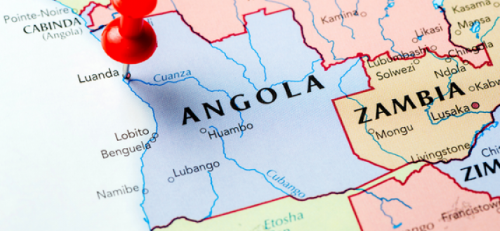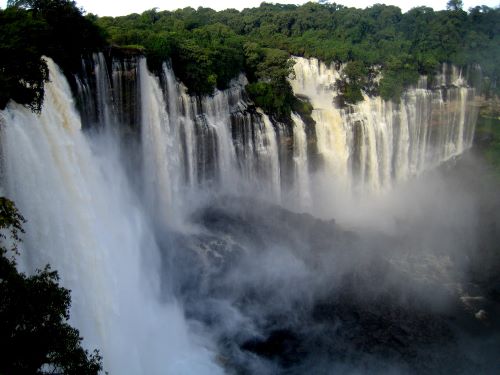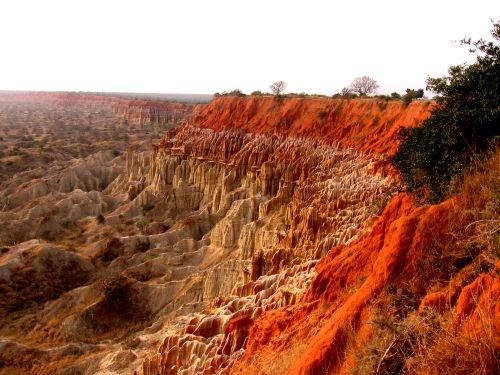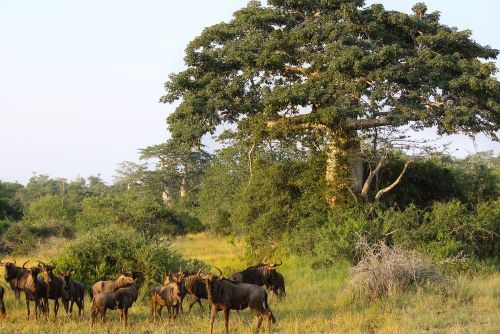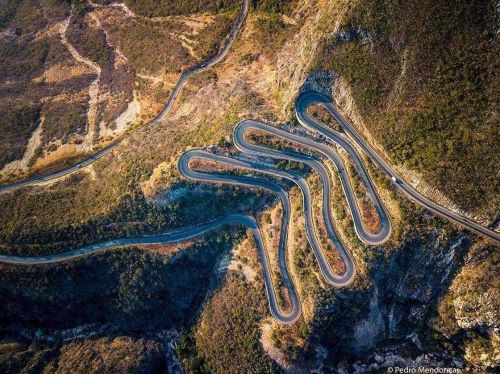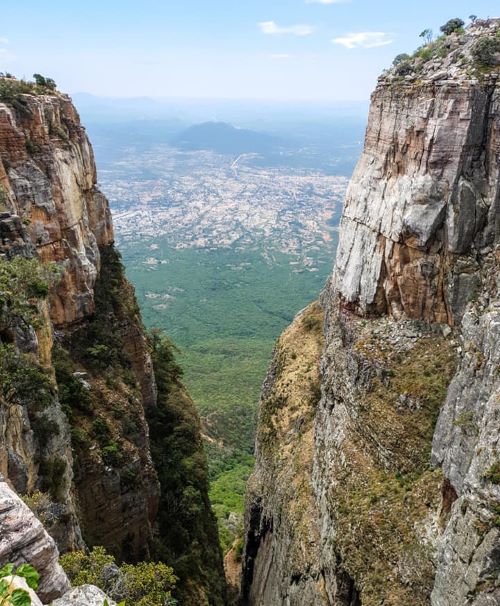Brief history About Angola
Angola, officially the Republic of Angola, is a country on the west coast of Africa, whose main territory is bordered to the north and northeast by the Democratic Republic of Congo, to the east by Zambia, to the south by Namibia and to the west by the Atlantic Ocean. It also includes the exclave of Cabinda, through which it borders the Republic of Congo to the north. In addition to the already mentioned neighbors, Angola is the closest country to the British colony of Santa Helena.
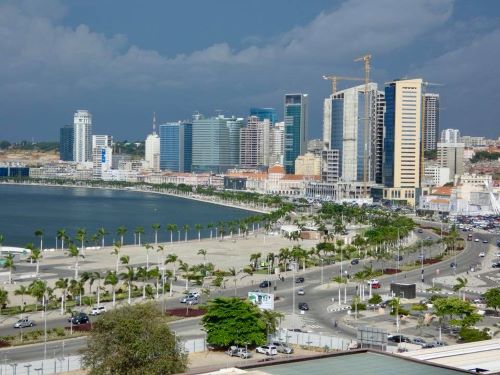
The Portuguese were present since the 15th century in some parts of what is now the territory of Angola, interacting in different ways with the native peoples, mainly with the inhabitants of the coast. The delimitation of the territory only happened at the beginning of the 20th century. The first European to arrive in Angola was the Portuguese explorer Diogo Cão. Angola was a Portuguese colony that only covered the current territory of the country in the 19th century and the "effective occupation", as determined by the Berlin Conference in 1884, only happened in the 1920s.
Independence from Portuguese rule was achieved in 1975, after a war of independence. Brazil was the first country to recognize the country's independence, back in 1975. After independence, Angola was the scene of a long and devastating civil war, from 1975 to 2002, mainly between the MPLA and UNITA. Despite the internal conflict, areas such as Baixa de Cassanje maintained their regional monarchical systems. In 2000, a peace agreement was signed with the Front for the Liberation of the Enclave of Cabinda, a guerrilla organization fighting for the secession of Cabinda and which is still active. Approximately 65% of Angola's oil comes from the Cabinda region.
The country has vast natural resources, such as large reserves of minerals and oil and, since 1990, its economy has shown growth rates that are among the highest in the world, especially after the end of the civil war. However, Angolan living standards remain low and around 70% of the population lives on less than two dollars a day, while life expectancy and infant mortality rates in the country remain among the worst in the world, in addition to the prominent presence of economic inequality, as most of the country's wealth is concentrated in a disproportionately small part of the population. Angola is also considered one of the least developed countries on the planet according to the United Nations (UN) and one of the most corrupt in the world by Transparency International.
